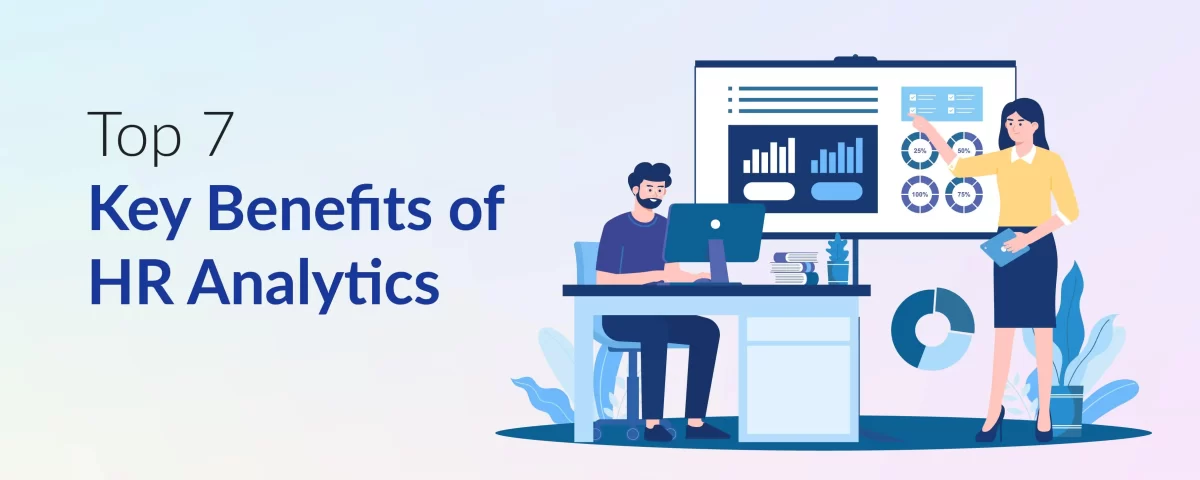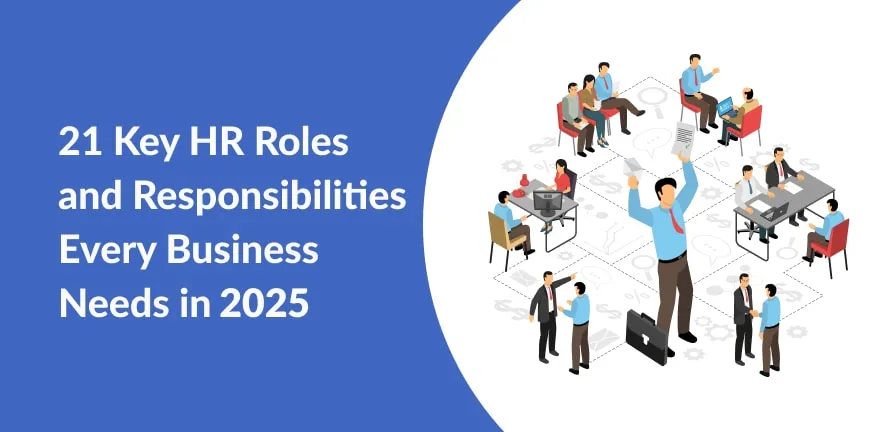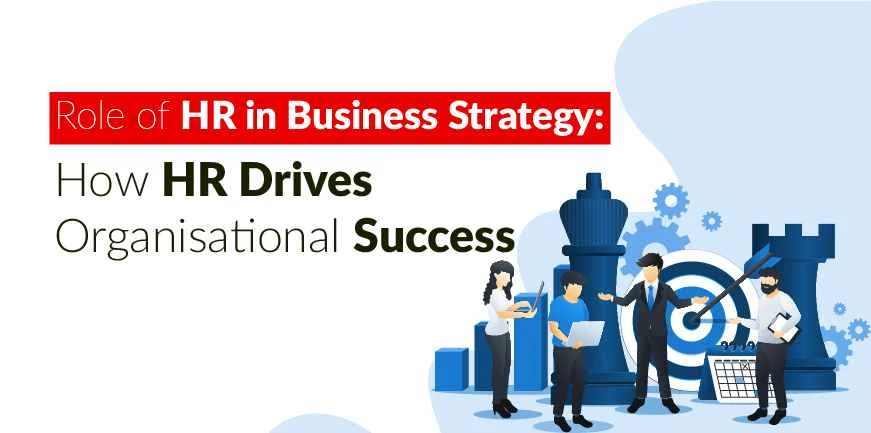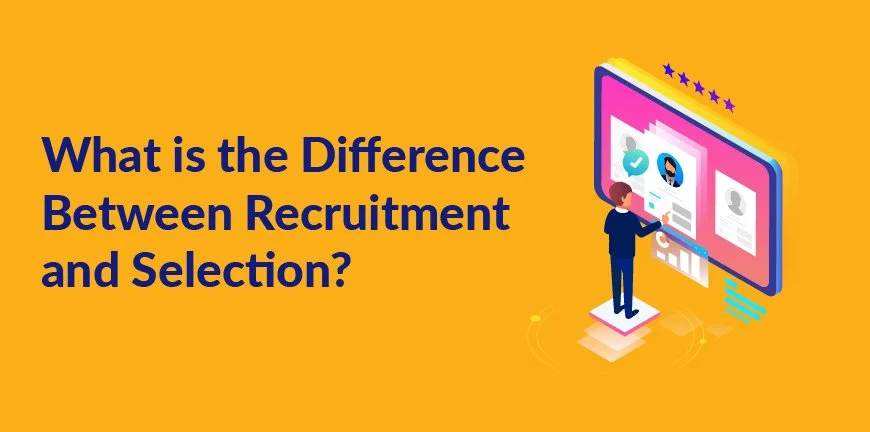
5 Ways HR can Build a Feedback Culture at the Workplace
10/06/2024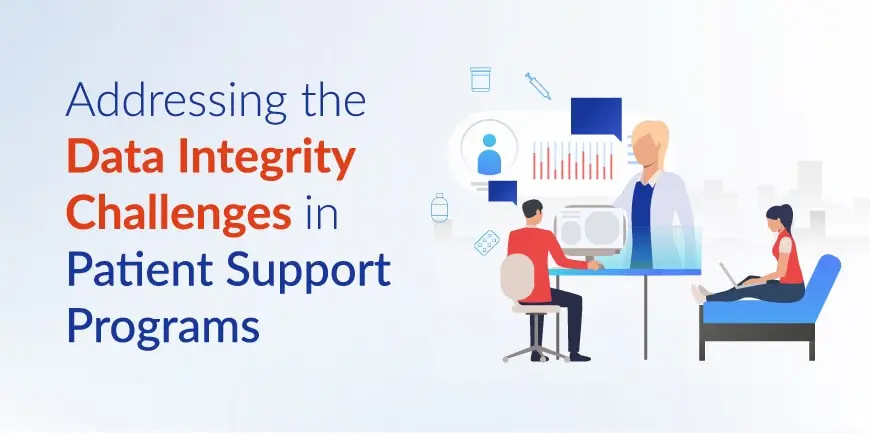
Addressing the Data Integrity Challenge in Patient Support Programs
17/06/2024HR stands for human resources. Simply put, they manage the entire employee lifecycle (recruiting, training, and everything else until firing) and they also administer benefits and resolve any complaints or issues that employees may have. They may also interact with vendors and ensure that everything in the business is in working order. Ever heard of HR analytics or someone convinced you of the benefits of HR analytics?
When analytics comes into the HR domain, it vastly simplifies things for HR. In this blog, we will look at how analytics not only simplifies but empowers the HR world. This analytical approach to HR is referred to as HR analytics.
And with technology stepping up every day to a new peak, it is possible that HR analytics in the future will be vastly more capable than it is today. The benefits of HR analytics mentioned here are relevant today and will be a lot more relevant in the years to come.
What is HR Analytics?
The analysis of a large amount of HR data to derive meaningful insights from them is called HR analytics or people analytics. The analysis of such a large amount of data can help inform decisions about workforce management, talent acquisition and even core employee experience, improving all these things significantly.
It also acts as a bedrock to prove to investors and other stakeholders the capabilities of HR and justify their decisions. There are several HR analytics tools available on the market right now and with time, their number is only bound to increase.
What are the Benefits of HR Analytics?
The benefits of HR analytics extend over the entire employee lifecycle, ensuring that your HR team stays ahead in the game. To achieve this, it analyzes the relevant HR metrics and then uses analytics functions to make sense of them. The HR analytics tools of today offer at least the following benefits, but there are many more than just these.

1. Helps with talent acquisition
HR analytics helps vastly improve the hiring process itself, leading to better hiring decisions, and a reduction in talent scarcity. The talent pipeline will greatly improve, and recruiters will have a real-time view of it, including the progress that candidates have made, enabling recruiters to shortlist the right candidates.
2. Increases employee retention
HR analytics can help increase retention rates. HR analytics can analyze the number of complaints raised, view the productivity of employees, even suggest which employees need to be rewarded for their productivity. All these things can lead to higher employee retention.
3. Lowers attrition levels
You can identify disgruntled employees and ensure that it does not get to a point where they consider quitting the company and even leave your company negative feedback in the exit interview. HR analytics tools, when connected with other attendance and productivity management tools, can also help identify employees who are absenting themselves from work or who are distracted, ensuring that you identify early markers of possible dissent or resignation.
4. Improves employee experience
You can find ways to improve the employee experience too. It starts with understanding what employees generally want, especially through surveys, the results of which can be fed into the analytics system. It also entails understanding how it can be implemented, and the success of the endeavor too can be measured with an HR analytics system.
5. Helps with workforce planning
HR analytics can help with workforce planning. It can help identify current skill gaps, suggest ways to overcome them, either by internal mobility or by skills training. It can also help understand what requirements are necessary for a given position, especially those in leadership, based on what has worked in the past.
6. Increases productivity
Employee performance can be managed easily, especially when it is connected to a performance management system and attendance management system. Based on these numbers, it can say what minimum requirements are necessary for each employee, also depending on the role and the experience requirements for the job.
7. Improves workplace safety
HR analytics can help record and analyze any instances of misconduct from the employees in the office. When there are more than two or three instances, it has happened, then strict action must be taken against the employee. Any complaints can also be monitored, and the success of the resolution can also be measured.
How We Can Help with HR Analytics Tools
So, HR analytics tools can lighten the work of HR significantly and improve on the insights that can be derived and therefore decision-making in a big way. They can impact several aspects of HR as discussed above, and they can be a bit difficult to use with a not-so-gentle learning curve if you are new to them. Still looking to gain the benefits of HR analytics?
Alp Consulting has more than a decade of experience in HR, helping companies all over the world to scale effectively with HR, payroll and compliance solutions in line with their needs. Talk to us today, to learn more about how we can help.
Contact Us For Business Enquiry

Rajkumar Shanmugam
Rajkumar Shanmugam is the Head of HR at ALP Consulting, bringing over 19 years of comprehensive HR leadership experience across India and international markets. His expertise spans talent acquisition, employee relations, performance management, compliance, and HR transformation. Rajkumar has a proven track record of driving people-centric initiatives, enhancing workplace culture, and aligning HR strategy with business goals. With extensive experience in US staffing operations and global mobility, he continues to lead organizational excellence through innovation and employee engagement.

